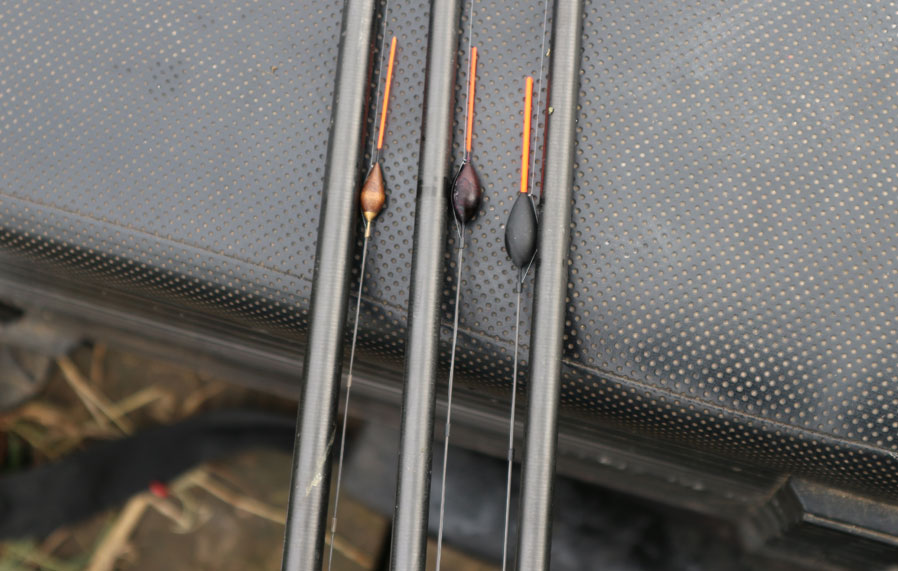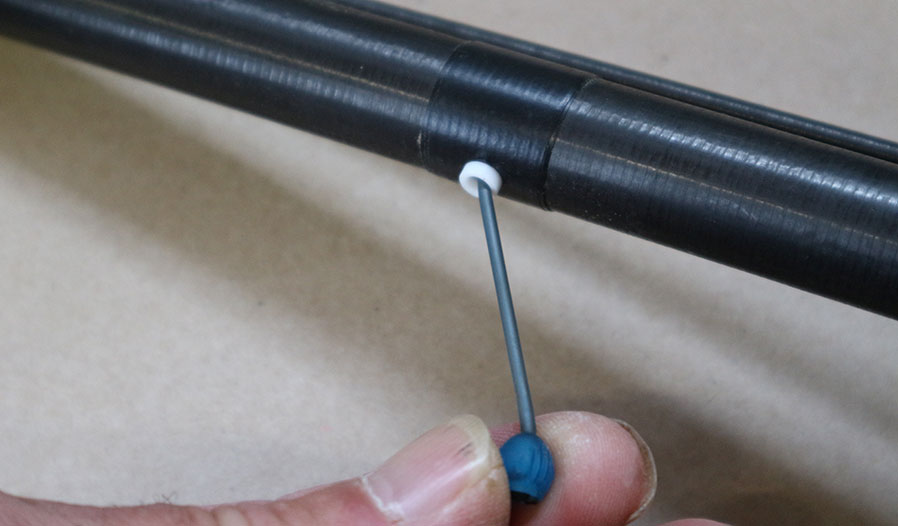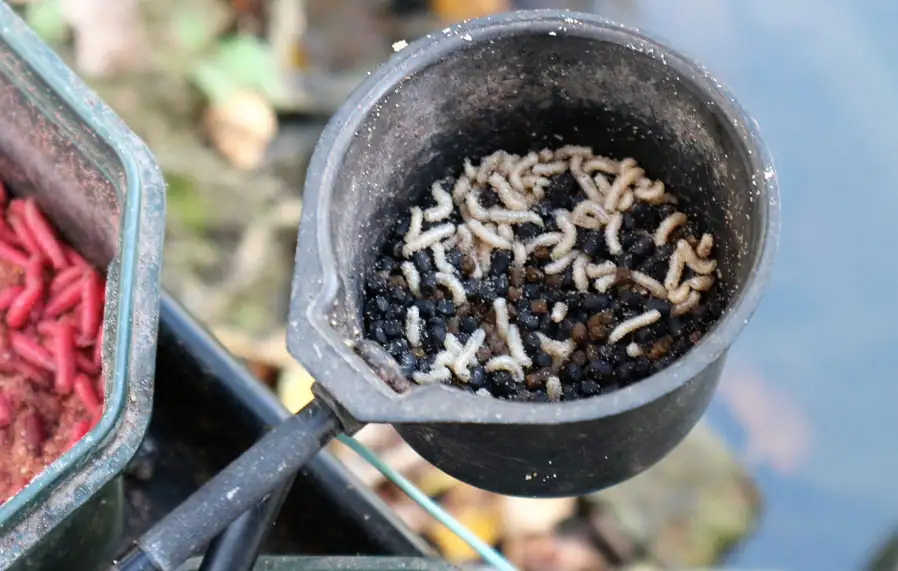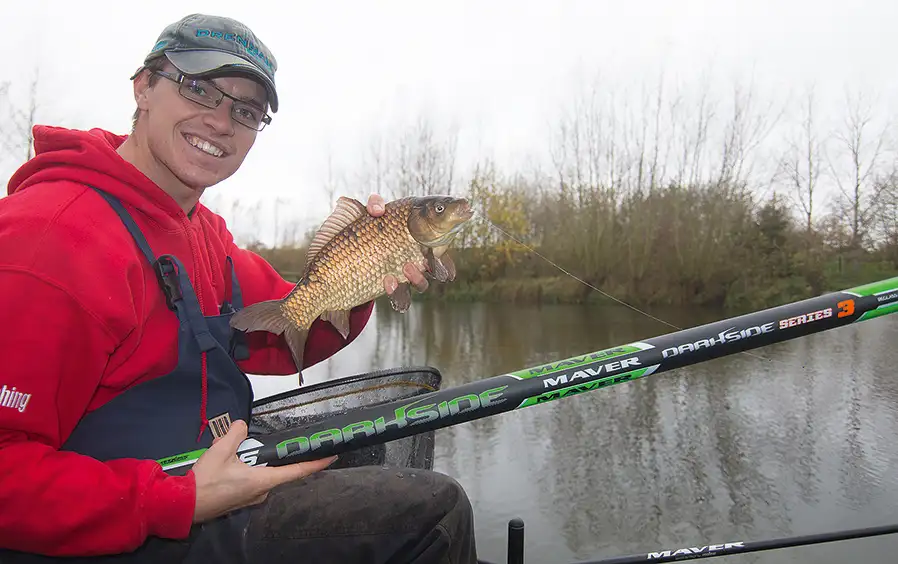This is a demo store. No orders will be fulfilled.
Monday Top 5 - Pole Fishing

Pole Care
Poles can be very expensive pieces of kit, but if looked after, they can last you a very long time. There are a number of accessories that help you look after your pole and increase its longevity. There are specialised joint spray protectors and caps that help ensure the joints don’t suffer damage from constantly breaking down sections and putting them back together, elastic wishbone protectors and lubricant to ensure your elastic is always in perfect condition, hard carrycases and tubes available to help keep you pole section safe during transportation, and, finally there are skid bungs, which are placed at the end of you pole when shipping it back through vegetation, once again reducing the chance of damage. Another consideration is ensuring that your pole and spare tops are kept off the ground when on the bank to ensure they can’t be trodden on by passers- by, or even by yourself. With this wealth of accessories, choosing what is most applicable to your fishing venue can seem complicated, but in the long run it’s worth ensuring you go the extra mile to protect your pole.

Options
Being such a devastating method, you want to ensure you can use it no matter what species you may be targeting. Nowadays double figure and bigger carp are no issue on the pole, as well as your traditional coarse fishing species such as bream, tench, perch and roach. To ensure you have the options to fish for all these species, I suggest you have at least three spare top kits which are suited for light fishing such as roach on canals, a middle outfit great for bream and F1s, and an out and out power/carp kit. Pole packages nowadays have the option of a number of kits, and you can always buy more if you feel you need to. Another great product for giving you options on the pole is the hollow elastics. With more stretch then conventional solid elastics, these give you the option of fishing for smaller fish without having the elastic set too hard, as well as stretch in reserve to help tame any rogue bigger fish that may come along.

Power Pull
Puller bungs or puller kits are a revelation. Fit one of these to your elastic set up in your top section and have all the advantages of being able to apply more pressure to the hooked fish, something that’s especially effective when you are trying to net fish quickly and optimize time in a match. Puller style elastic setups not only give you versatility in terms of fighting fish, but they also allow you to have more control over the fish you hook, and are especially effective when it comes to species like carp and tench, where you may need to apply more pressure, especially with ultra stretchy hollow elastics.

Make Some Noise
As crazy as it seems, making a noise by taping your pole tip on the surface near your rig can attract more fish, who want to investigate the disturbance, in case it’s being caused by food hitting the water – something fish on commercial venues may be even expecting. Don’t be afraid to make a bit of noise by slapping your pole tip or rig especially on high stock venues.
Be Accurate
The number one edge in fishing a pole is accuracy. There are a number of things you need to think about to ensure you maximise this edge. One is to feed accurately, and also feed a number of different areas of your swim, ensuring you rotate spots throughout your session, and keep bites coming. In order to do this, select far bank markers and use a pole cupping kit the same length as your top kit to bait accurately. Whilst fishing you can bait on top of your rig via the use of a small pole cup. Ensure you elbow is resting against the same place on the pole and you are in line with the same far bank marker when you drop your rig and start fishing.
I hope the following tips help you the next time you are out targeting a few fish on the pole.

